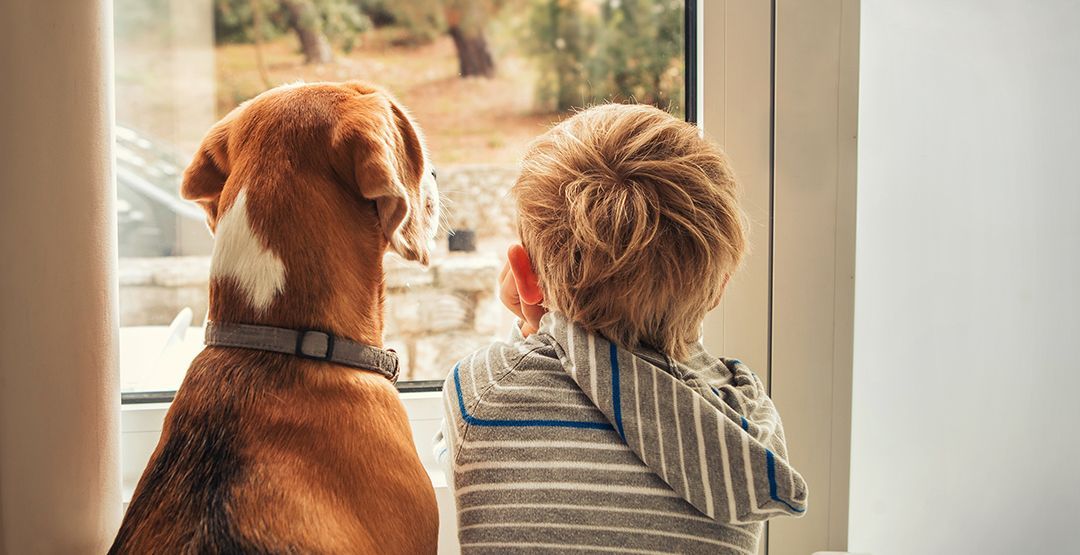Helping Children Cope with the Loss of a Pet
The loss of a pet can be a child’s first experience with grief, and it often brings deep emotions they may not fully understand. Pets are more than animals—they are companions, playmates, and part of the family. When a pet passes, children may feel sadness, confusion, anger, or even guilt. It’s important to create a safe space where they feel comfortable expressing their feelings and asking questions. Gentle conversations, shared memories, and rituals like drawing pictures or saying goodbye at a memorial can help children begin to process their grief. With patience, honesty, and love, we can guide them through this difficult time and help them find comfort in the memories they’ll carry forward.

Young Children (Ages 2–6)
At this age, children may not fully grasp that death is permanent. They might ask repeated questions like “When is the pet coming back?” or believe the pet is just asleep. It's important to speak gently but clearly—avoid phrases like “went to sleep” or “ran away,” which can cause confusion or fear. Reassure them with simple, honest explanations, and give them space to express their feelings through play, drawing, or storytelling.
School-Age Children (Ages 7–12)
Children in this age group begin to understand that death is permanent, but they may still struggle with big emotions. Some may cry openly, while others might act out or withdraw. They might also feel guilt, believing they could have prevented the pet’s death. Encourage open conversations, validate their feelings, and invite them to participate in rituals like writing a goodbye letter, planting a flower, or helping choose a special place to remember their pet.
Teens (Ages 13 and Up)
Teenagers often have a deeper understanding of death but may mask their emotions or feel pressure to appear strong. The loss of a pet during this stage can bring up complex emotions tied to identity, growing independence, or past losses. They might benefit from private reflection, journaling, or talking with a trusted adult or counselor. Respect their individual way of grieving and let them know it’s okay to mourn in their own time and way.
Across All Ages
Children look to the adults in their lives for guidance. Sharing your own feelings (in age-appropriate ways) can help normalize grief and show them that sadness is a natural response to loss. Creating opportunities to honor the pet’s life—whether through stories, photos, or a simple ceremony—can bring comfort and connection.
Above all, remind children that it’s okay to feel sad, to miss their pet, and to talk about their memories. With love, support, and understanding, they can learn to navigate grief and carry their pet’s memory in their heart.

